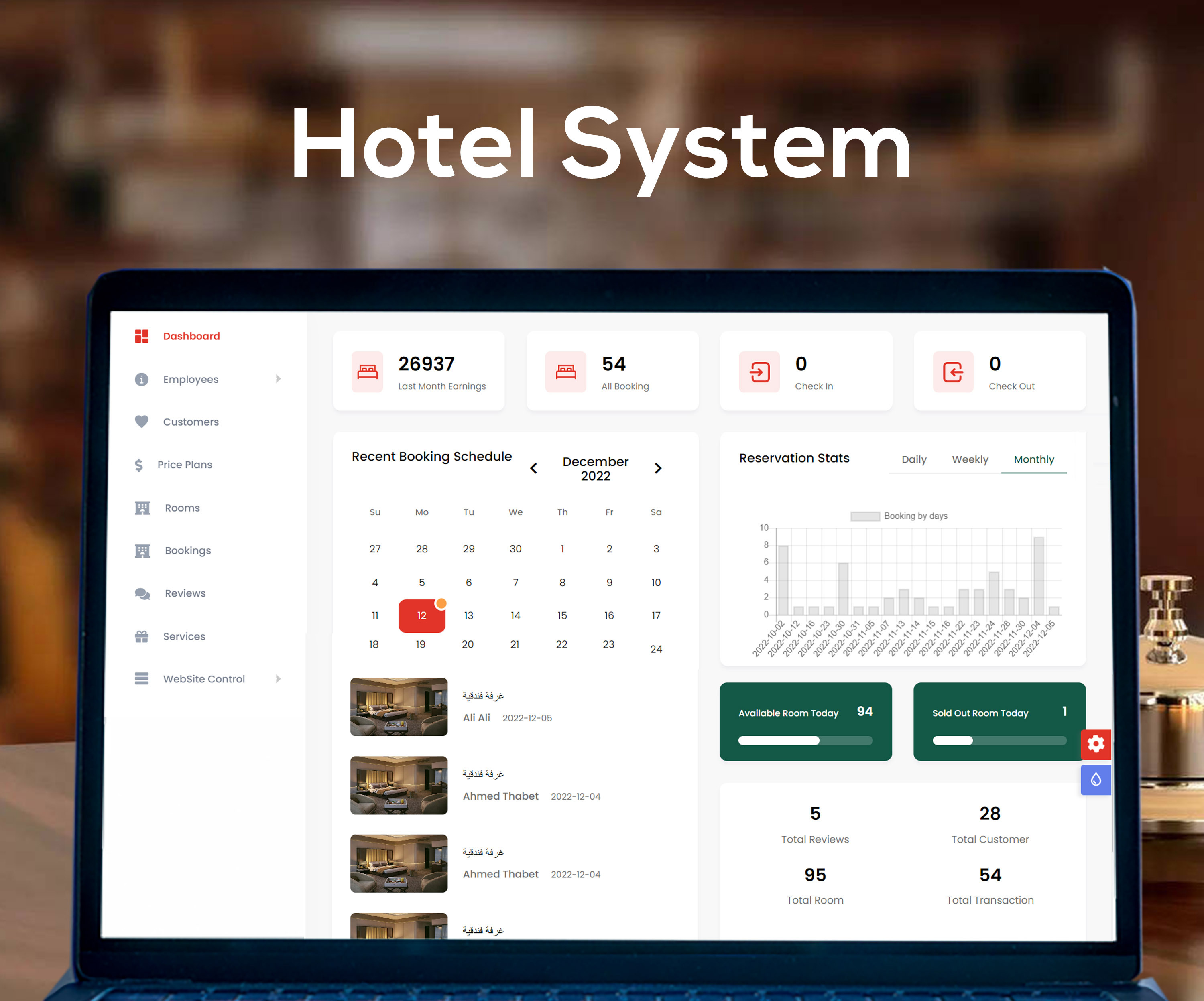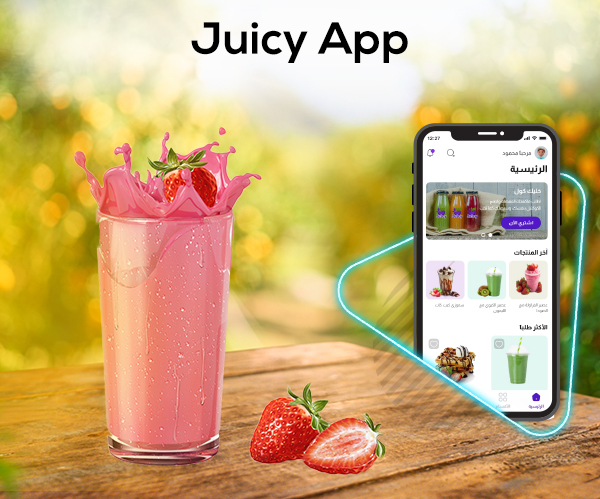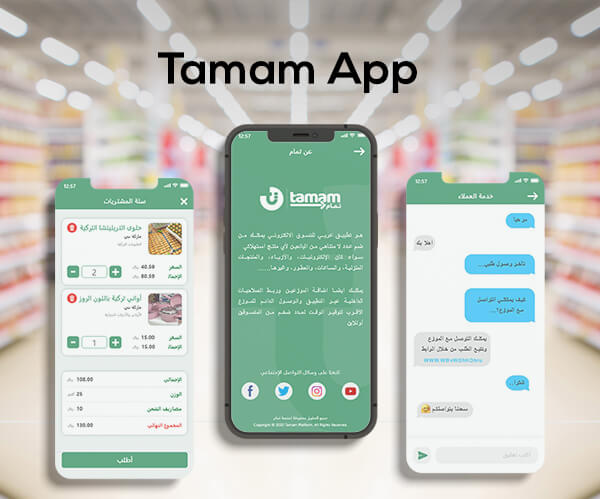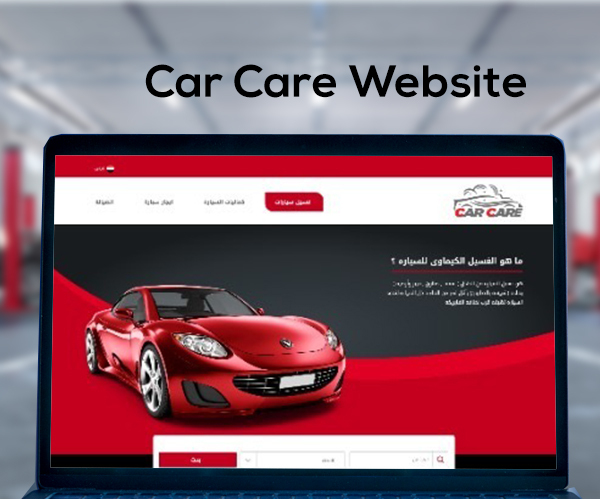In this article, we will introduce you to some tools that may truly be effective in facilitating the process of writing a strong advertising copy. The goal is to create cohesive and impactful text that encourages your audience to make purchasing decisions or take specific actions based on your persuasion.
We will present tools to help you, as a marketer, developing a marketing plan for social media with your specialized team, from concept to design.
Stage One: Post-Creative Brief
This stage is often referred to as "brainstorming," and it can be done collaboratively with your team or individually if you're a freelancer or working with a small team. If you're a copywriter with limited experience, this stage might pose a challenge, but it's also a chance for innovation and experiment with fresh concepts.
Section 1: GlooMaps - Visualize Your Content Strategy
One of the crucial tools is GlooMaps, designed to be a visual map helping you define your objectives and the promotional text topics you'll need. It also makes teamwork easier, which is particularly useful when handling several concepts for different clients.
The tool also enables you to create a site map If you are responsible for creating content on a website. You can outline key content under each section, such as "Services" or "About Us." This makes the content-building process smoother, enabling you to think about each topic independently.
Utilize this tool to the fullest to efficiently manage your ideas and operate as a team, whether you're working on a single concept or diverse projects.
Section 2: Answer The Public - Uncover Long-Tail Insights
Answer The Public is another valuable tool that looks for certain long-tail sentences your consumers could be searching for. For example: "How to write a compelling advertising copy that boosts sales."
The beauty of this tool is that it provides you with various question formats that can inspire your content creation, even if you're writing in Arabic. Ideas may be universal, but language can vary.
However, we're not afraid of linguistic challenges when aiming for a powerful text.
Section 3: The Three Kings - Your Allies in Tight Deadlines
In the third position, we present a unique trio, made up of three vital tools that stand steadfastly by your side every time you face tight deadlines and demanding client requests (sorry if there's something you should remember to deliver).
- Ads of the World: Gives you an advanced understanding of the advertising world.
- Behance - Master of Designs and Beautiful Colors: Provides you with creative designs and beautiful color schemes.
- Dribbble - The Equal Ruler Between Them: Offers an integrated experience.
These three represent essential elements in your success as a marketing professional, assisting you in delivering the best every time.
Stage Two: The Headline - Gateway to Engagement
The second stage is all about the headline – it's the icing on the cake, drawing your eye and bearing a lot of weight. As David Ogilvy once said, “On the average, five times as many people read the headline as read the body copy. When you have written your headline, you have spent eighty cents out of your dollar.”
The headline makes up 80% of the entire text and serves as a trigger for content related activities what make readers continue engaging with it.
For this reason, we will provide you with some fun tools to help in crafting headline ideas, whether for article writing or social media posts.
One of these tools is the Blog Ideas Generator by Hubspot Academy.Simply by providing your details, you can explore numerous headlines that you can use directly or draw inspiration from for creating fresh topic ideas.
- Porter Idea Generator - Adding Context to Creativity
The second innovative tool is the Porter Idea Generator, serving the same purpose as the previous one but with a significant difference.This tool not only helps you come up with a catchy headline, it also explains the selection of a certain phrase in relation to the situation..
Basically, it doesn't just hand you an eye-catching title but offers an understanding of the dramatic context behind it. By doing this, you'll be able to better engage your audience and communicate your message by understanding the rationale behind the word choices.
So What are The Different Types of Headlines?
Certainly, there are various types of headlines that can be used to achieve different effects. Here are some common types:
Curiosity Headlines:
- Encourage users to click to find out more, such as "What happens when..." or "Did you know...?"
Digital Headlines:
- Use numbers to highlight a specific number of points or benefits, like "10 ways to improve..." or "5 secrets to success..."
Action Headlines:
- Include strong verbs that prompt the customer to take action, like "Discover how you can..." or "Start today with..."
Challenge Headlines:
- Ask the reader to challenge themselves, like "Can you handle..." or "Challenge yourself to..."
Solution Headlines:
- Give customers a specific problem solving approach, like "How to overcome..." or "The ultimate solution for..."
Conversation or Inquiry Headlines:
- Pose questions or phrases that elicit conversation, like "Are you ready for..." or "Wondering about..."
Promise or Assurance Headlines:
Give a promise of benefit or solution, like "Discover the secret that will change your skin" or "We guarantee success if..."
For more helpful and practical examples, you can visit the Copyblogger website, which provides in-depth explanations of headline types and their impact.
Stage Three: The Copy
In the realm of effective copywriting, we move on to the third stage by adopting AIDA Model, the most famous equation in content writing.
Here's how we applied AIDA model in this article:
1. Attention (A):
We captured your attention through the design and the headline.
2. Interest (I):
We piqued your curiosity in the tools, confident that you're familiar with some, yet there's more to discover.
3. Desire (D):
We instilled your desire to continue reading because this article presents the tools in a pleasant and light manner.
4. Action (A):
We prompted you to take a specific action, whether it's sharing, leaving a comment, or simply scrolling to continue reading.
However, how can you write copy in a jingle or rhyming style? Despite clients varying in their preference for this style, we suggest finding a balanced middle ground.
You are a wordsmith, and all you need to do is choose the time and target audience carefully to apply this style. One tool that can assist you in this is RhymeZone, where you can enter a word to receive many interpretations with the same weight and rhythmic phrases that will stand out to the audience and set you apart.
"Show, Do Not Tell" and "Choose Your Words Wisely"
Sometimes, you might recall the meaning but forget the exact phrase or term! In the art of copywriting, two fundamental pieces of advice are often emphasized. The first is "Show, do not tell" which involves minimizing words to the necessary and focusing on the core aspects of communication. The second is "Choose your words wisely" underscoring the importance of carefully selecting words to achieve maximum impact. The aim here is to eliminate superfluous words from the text.
Among the tools that can assist you in this context is the Reverse Dictionary. This tool proves highly useful for finding the right words when you remember the meaning but struggle to recall the precise term or phrase. Simply enter the meaning or concept, and it will offer terms that could be the suitable alternatives you are looking for.
The written marketing content always plays a crucial role, especially when it's intended to drive sales or tailored for Twitter . In these cases, it's best to select the right number of characters to achieve maximum impact, especially when seeking to convince customers to make a purchase.
You can easily use a tool called charcounter to check the character count in your content. This tool allows you to fine-tune the content to be effective without going over the limit and gives you a fast summary of the character count.
Stage Four: Proofreading
Grammarly the proofreader
Despite being overlooked by many, the proofreading stage is essential to present your work accurately. In this phase, a fantastic tool comes into play, called Grammarly. You can use it to correct language errors and enhance the quality of your writing.
You can also install Grammarly on your device and benefit from some of its services for free. The The app offers ideas to enhance writing style in addition to correcting spelling and grammatical mistakes..
Hemingway Editor for Quality Enhancement
You can also use the Hemingway Editor tool, which evaluates sentence usage and checks whether the verb tense is appropriate. This enhances the overall and linguistic quality of your content.
Stage Five: Designs
Certainly, after establishing a fantastic content plan, the role of the fifth stage, which is design, comes into play. However, is it required for a content writer to also be a designer? In this case, there are two scenarios:
Scenario 1: No, as a content writer, you don't necessarily have to be a designer. On other hand, you should understand the basics of design to improve the visual appearance of your content and maintain control over how it is presented. Understanding design basics may also help you communicate with designers more effectively and make sure your words take on the greatest possible visual representation for the client.
Scenario 2: Yes,Yes, You may need to try some design yourself if you don't have much expertise or if you have limited resources. you might need to try a bit of design yourself. In this case, you can use ready-made templates to facilitate the process. For experimenting with easy and ready-made template designs, we recommend using websites such as:
- Canva: Canva offers a wide range of templates in different dimensions for social media, blogs, and more. You can download the image for free after completing the design.
- Pexels: Pexels presents high-quality images, including animated videos.
- Pixabay: Similar to Pexels, Pixabay allows free downloads.
- Freepik: Freepik is well-known and used by millions of designers to create high-quality images. It offers a vast collection of high-quality images for free.
Note: Please ensure that you have the right permissions to use any images or designs for commercial purposes.












